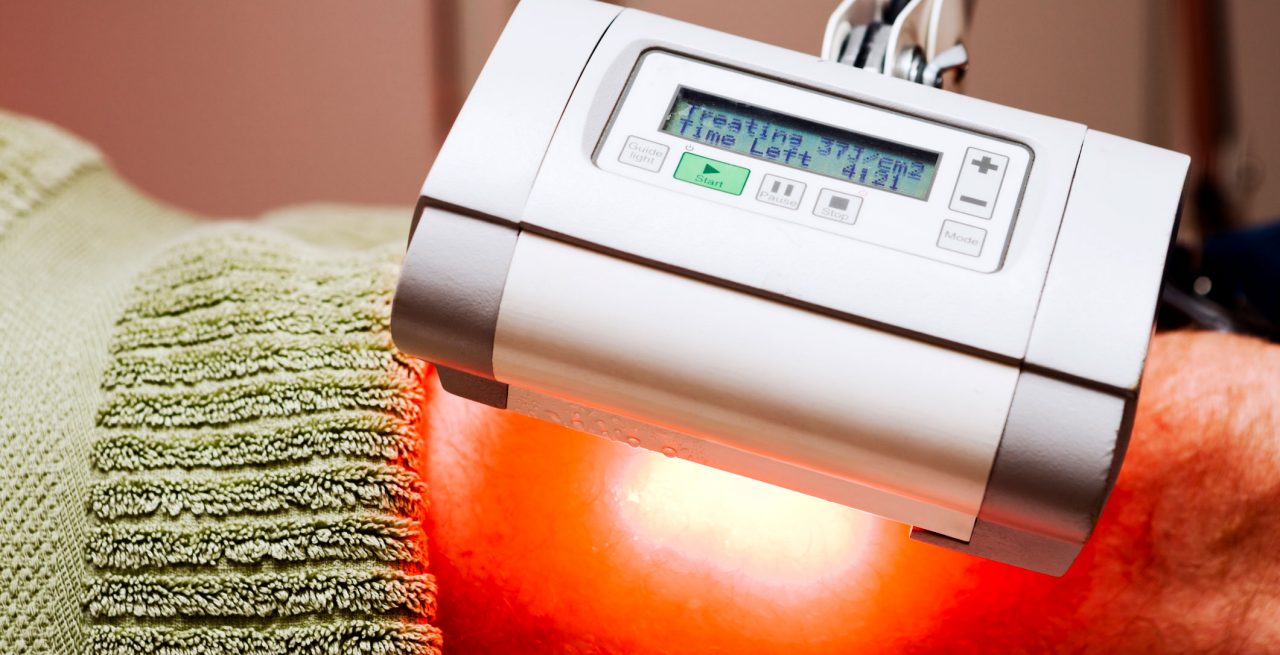Skin Cancer Treatment

Healing depends on the kind of skin cancer you have and how advanced it is; the good news is skin cancer treatments are highly successful and not too invasive.
According to the American Cancer Association, treatments for skin cancer depends on the type of skin cancer, the size of the tumor, how advanced it is, which part of the body it affects, and your overall well being.
Among the different types of skin cancer are:
- Basal cell skin cancer
- Squamous cell skin cancer
- Melanoma
Basal and squamous cell skin cancers are the most common types of skin cancer. They are typically found on parts of the body that are exposed to the sun, such as your head, neck, arms, and hands. If left untreated, they can grow and invade nearby tissues and organs. Left alone, they can become fatal.
YOU MIGHT ALSO LIKE: Causes of Skin Cancer
Treatments for non-melanoma skin cancer
The positive news is that skin cancer treatment is highly successful, not too invasive, and is usually done on an outpatient basis with a local anesthetic. One common skin cancer treatment includes curettage and electrodessication. This is done on small lesions; it involves numbing the skin and scrapping the lesion off with a sharp tool and then burning with an electrocautery needle. The cure rate for this approach is above 95 percent.
Mohs micrographic surgery is another type of skin cancer treatment. It removes a thin layer of the lesion bit by bit, microscopically mapping where the cancer is located and pinpointing where all the cancer cells are located. This approach has the highest cure rate, 99 percent or better; it also saves healthy tissues.
Physicians will use Mohs to treat large tumors in cosmetically important areas, such as the face, and in places where lesions have returned, are hard to pinpoint, or are in critical areas around the eyes, nose, lips, ears, temple, scalp, or fingers.
Excisional surgery is another commonly used treatment for skin cancer. Here the entire lesion along a border of healthy skin is extracted and stitches are used to close the site. This ensures that all the cancer is removed. The success rate is above 95 percent.
Other treatments for skin cancer involve the use of x-ray beams, cryosurgery (in which the tumor is removed by freezing), lasers that destroy the skin’s top layer, and number of topical medications.
Photodynamic therapy is also another option for treating basal and squamous cell skin cancer cells on the face and scalp. This treatment combines a chemical agent that reacts to light. It’s non-invasive and can be done in a doctor’s office. However, according to the Skin Cancer Foundation (SCF), it’s not approved by the Food and Drug Administration for squamous cell carcinoma.
When larger areas of tumors are removed, scarring may occur. In some cases, reconstructive surgery may be required. A surgeon will use a skin graft or flap to cover the defect. You won’t need to hire a plastic surgeon because Mohs surgeons are trained in reconstructive surgery.
Treatment for melanoma
The most deadly form of skin cancer is melanoma; it’s treated according to the stage it’s in. Early stages can be treated with surgery. More advanced forms require other treatments.
Immunotherapy uses medicines to boost a patient’s immune system to recognize and destroy cancer cells. Depending on how advanced the melanoma is, this treatment may be used in conjunction with chemotherapy.
Stage I melanoma can also be treated by excision, which is a surgery that removes the cancer cell along with some of the healthy skins surrounding it.
More advanced stages, such as stage III (when the melanoma has reached the lymph nodes), require excision of the infected area and dissection of the lymph nodes. This is done to lessen the chances of the cancer spreading.
Additional treatments for skin cancer that is advanced include radiation therapy and injection of a vaccine. If the cancer is found on an arm or leg, chemotherapy infusion may also be tried.
Stage IV melanoma is the most advanced, and it’s hard to cure because the cancer has spread to distant lymph nodes or other areas of the body. It’s possible to remove some organs to which the cancer has spread. More often, newer treatments that combine immunotherapy and targeted drugs have proven to be more effective than chemotherapy.
Patients with stage IV melanomas should talk to their doctors about taking part in a clinical trial, if one is available.
In almost half of all melanomas, cancer cells have changes in the BRAF gene. If a doctor discovers this change, treatment with newer targeted therapy drugs may help.
Prevention of skin cancer
The SCF recommends always applying sunscreen with an SPF (sun protection factor) of 15 or higher when going outdoors. SCF also recommends:
- Stay in the shade, if possible, between the hours of 10 a.m. and 4 p.m. That’s when the sun is strong. If you’re out between those hours, cover up and wear sunscreen.
- Avoid tanning and UV tanning beds. Also, don’t lie in the sun trying to get a tan.
- Wear broad brimmed hats.
- Apply sunscreen every two hours or right after swimming.
- Keep babies out of the sun to avoid sunburn.
- Examine your skin every month (here’s how) and see your doctor for a professional skin exam.
Updated:
March 18, 2020
Reviewed By:
Christopher Nystuen, MD, MBA